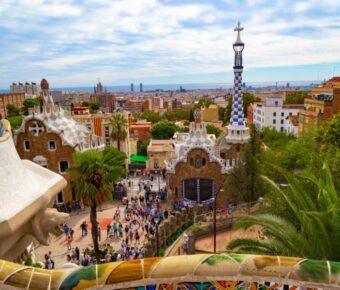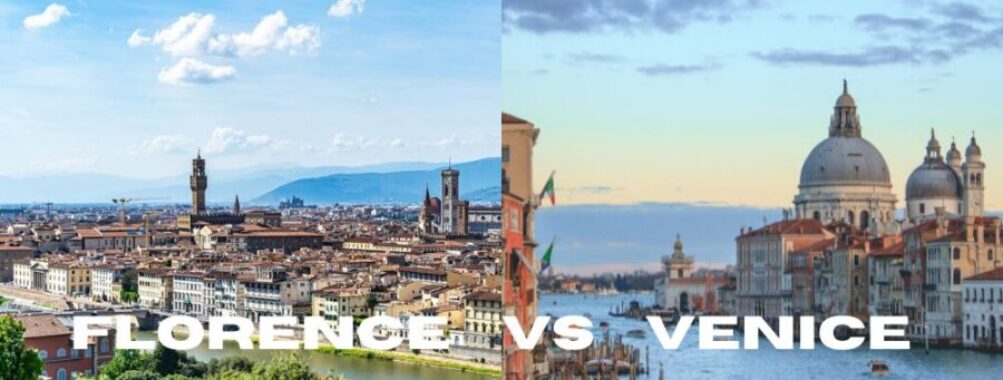
Florence vs Venice: A Local’s Guide to Choosing Your Perfect Italian City Break
Italy‘s two most iconic cities often leave travelers torn between Renaissance masterpieces and romantic canals. Venice enchants with its maze of waterways and dreamy atmosphere, while Florence captivates with world-class art museums and stunning architecture. Each city tells a unique story of Italy’s rich past.
Most travelers prefer Florence to Venice because it offers a wider range of activities, better food options, and lower costs. The city serves as a perfect base for exploring Tuscany‘s rolling hills and charming villages. Its streets buzz with energy from morning markets to evening aperitivo.
Venice’s narrow streets and gondola-filled canals create magical moments that can’t be found anywhere else in the world. The city pulls visitors into a different era, where cars don’t exist and water taxis rule the day. Both cities deserve a spot on any Italian adventure, but time and budget often force travelers to choose.
Contents
- Geographic and Historical Context
- Geography of Florence and Venice
- Historical Significance of Renaissance City
- Venice’s Maritime Heritage
- Cultural Exploration
- Art and History
- Famous Museums and Galleries
- Year-Round Festivities
- Architectural Marvels
- Florence’s Signature Landmarks
- Venice’s Iconic Structures
- Culinary Delights
- Traditional Tuscan Cuisine
- Venetian Gastronomy
- Gelato vs Seafood
- Unique Experiences and Day Trips
- Navigating the Canals and Waterways
- Exploring the Surrounding Regions
- Venetian Islands and Tuscan Countryside
- Lodging and Accommodations
- Where to Stay in Florence
- Choosing Your Venice Hotel
- Shopping and Leisure
- Florence’s Artisanal Crafts
- Venice’s Unique Boutiques
- Seasonal Considerations
- Best Time to Visit Florence
- Ideal Travel Windows for Venice
- Activities and Nightlife
- Entertainment in Florence
- Venice After Dark
- Frequently Asked Questions
- What unique experiences do Florence and Venice offer to honeymooners?
- How do Florence and Venice compare in terms of culinary delights?
- Which city between Florence and Venice is recommended for a winter visit?
- Considering art and culture, should one spend more time in Florence or Venice?
- Can you highlight the lesser-known attractions of Florence and Venice for seasoned travelers?
- What are the advantages of visiting Florence over Venice during the less touristy season?
- More Travel Guides
Geographic and Historical Context
Florence and Venice emerged as powerful city-states in medieval Italy, each shaped by unique geography and cultural forces that made them into Renaissance powerhouses. Their locations and physical characteristics influenced their development in distinct ways that visitors can still experience today.
Geography of Florence and Venice
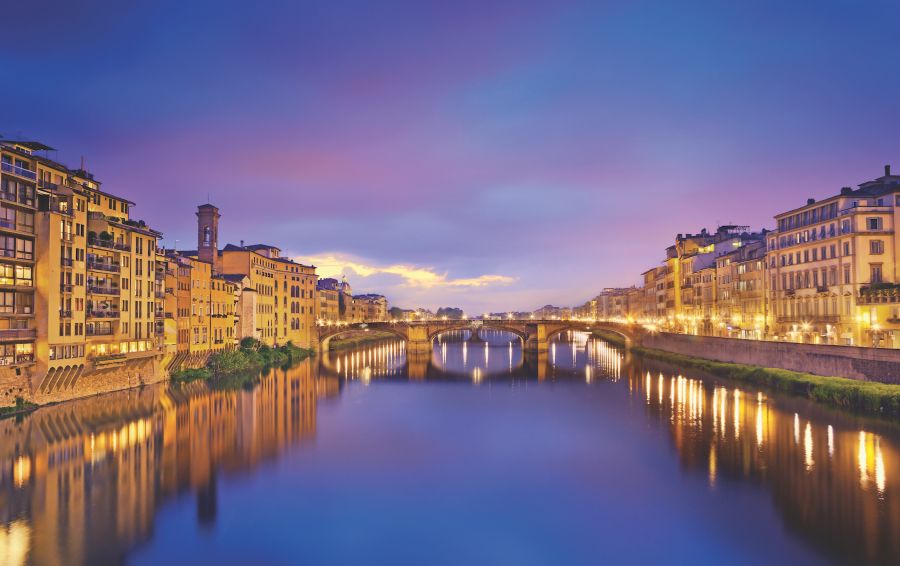
Florence sits in a valley surrounded by the rolling hills of Tuscany, with the Arno River flowing through its heart. The city’s inland position made it a natural hub for trade routes connecting northern and southern Italy.
The fertile Tuscan landscape provided resources for farming and commerce. This geography helped Florence become a wealthy center of banking and textile production.
Venice floats on 118 small islands in a lagoon of the Adriatic Sea. The city’s builders created a network of 150+ canals and 400+ bridges to connect these islands.
The unique aquatic setting protected Venice from land-based attacks. The marshy foundation required innovative building techniques, with structures supported by millions of wooden piles driven into the seabed.
Historical Significance of Renaissance City
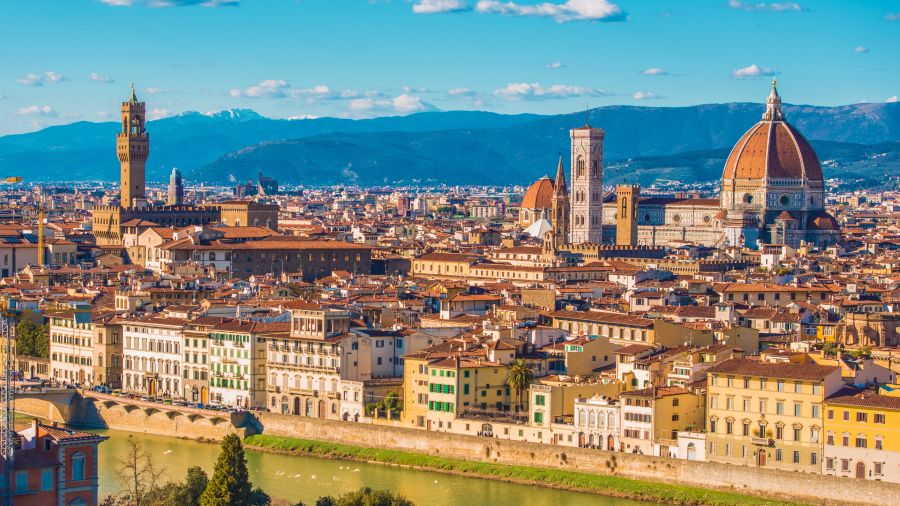
Florence bloomed as the birthplace of the Renaissance in the 14th century. The wealthy Medici family funded artists and architects who transformed the city’s appearance.
The city’s wealth attracted brilliant minds like Michelangelo, Leonardo da Vinci, and Botticelli. Their works turned Florence into an open-air museum of Renaissance art.
Florence’s political system of civic governance sparked new ideas about democracy and citizenship. The city’s intellectual climate fostered innovations in banking, art, and architecture.
Venice’s Maritime Heritage
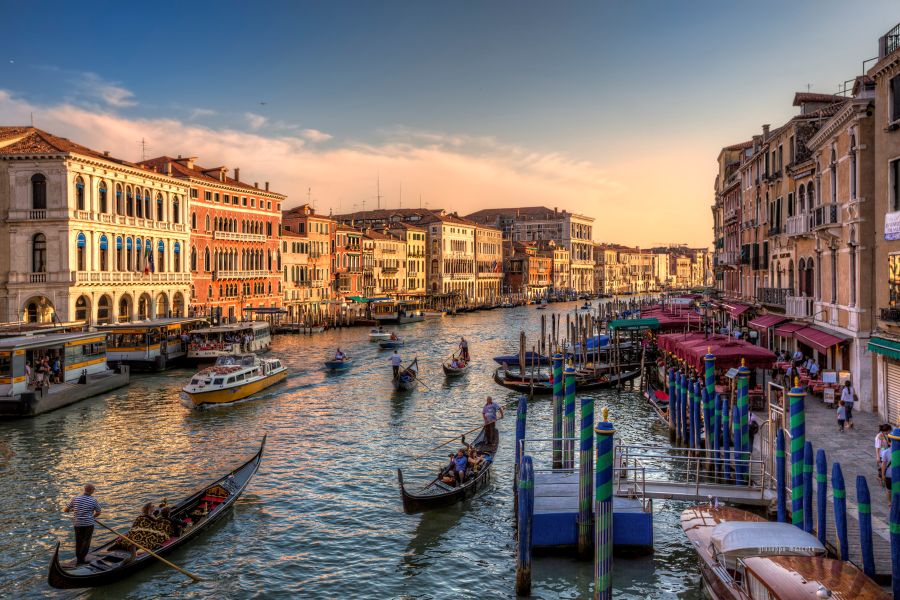
Venice built its power through maritime trade, controlling vital routes between Europe and the East. Its strategic position made it the gateway for spices, silk, and luxury goods.
The Venetian navy ruled the Mediterranean for centuries. Their shipyard, the Arsenale, could produce a complete warship in just 24 hours using assembly-line techniques.
Venice’s trade wealth funded stunning palaces along the Grand Canal. Merchants built elaborate homes that mixed Gothic, Byzantine, and Renaissance styles.
The city’s maritime focus shaped its unique culture, blending Italian traditions with influences from trading partners across the Mediterranean and Asia.
Cultural Exploration
Florence and Venice stand as cultural powerhouses, each offering distinct artistic legacies and year-round celebrations that showcase Italy’s rich heritage. Both cities preserve centuries of masterpieces while maintaining vibrant modern cultural scenes.
Art and History
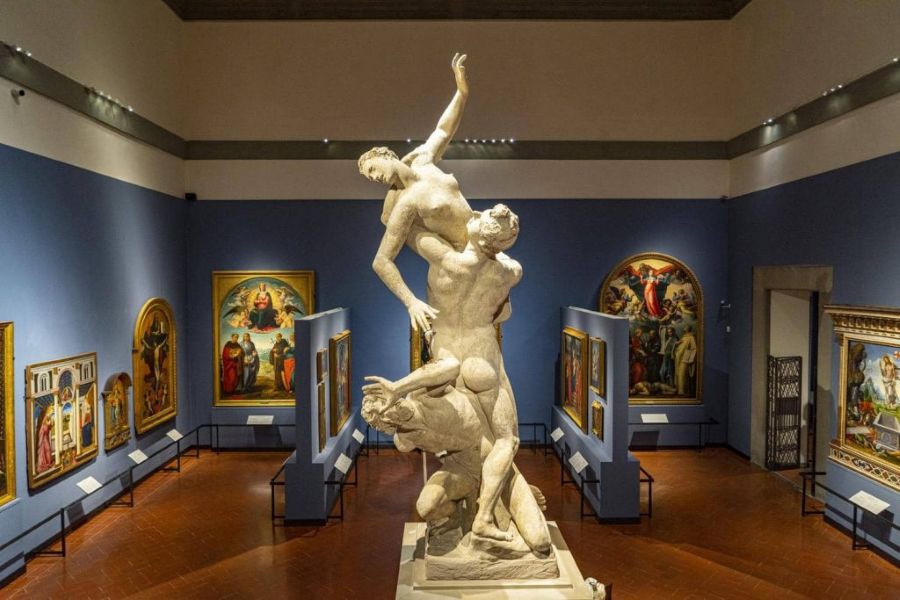
The Renaissance bloomed in Florence, where Michelangelo’s David stands as a testament to artistic excellence. The city’s streets and piazzas tell stories through architecture, with the Medici family’s influence visible at every turn.
Venice’s artistic soul shines through its Byzantine and Gothic influences. The city’s unique position as a maritime republic brought diverse cultural elements together, creating a distinctive artistic style.
Famous artists who shaped these cities:
- Florence: Michelangelo, Botticelli, Leonardo da Vinci
- Venice: Titian, Tintoretto, Veronese
Famous Museums and Galleries
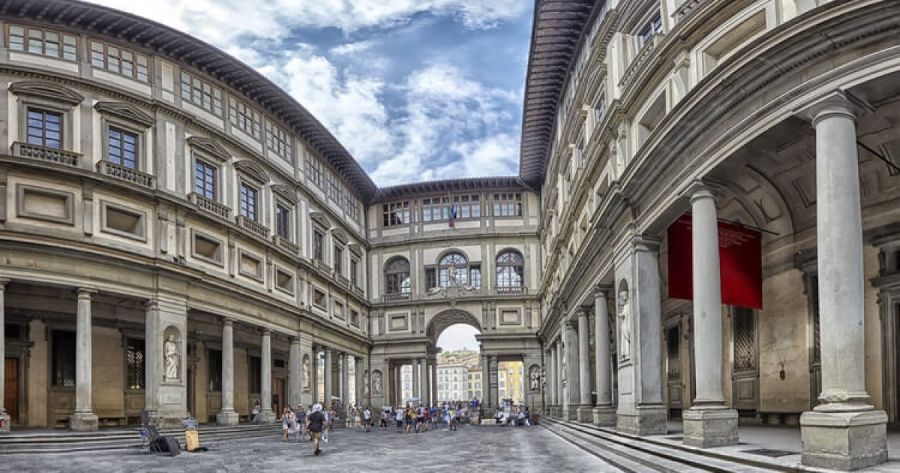
The Uffizi Gallery in Florence houses the world’s finest collection of Renaissance art. Botticelli’s Birth of Venice and Primavera draw art lovers from across the globe.
Venice’s Peggy Guggenheim Collection showcases modern art in an intimate palace setting along the Grand Canal. The collection features works from Picasso to Pollock.
Must-visit museums:
- Florence: Accademia Gallery, Palazzo Pitti
- Venice: Gallerie dell’Accademia, Doge’s Palace
Year-Round Festivities
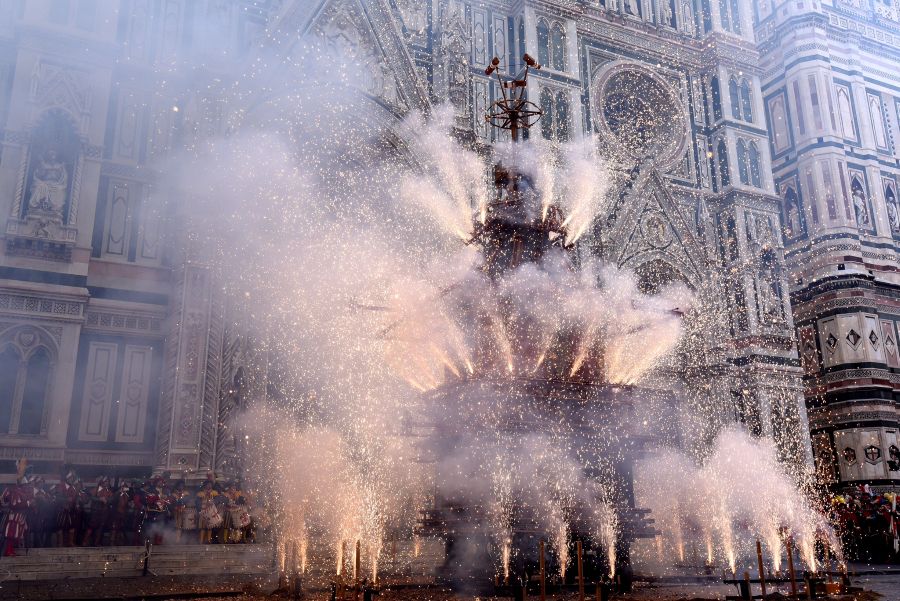
Venice’s Carnival transforms the city each February with elaborate masks and costumes. The festivities last two weeks, filling the streets with music and medieval charm.
Florence celebrates its cultural heritage through events like Scoppio del Carro during Easter and Festa della Rificolona in September.
Both cities host renowned film festivals and art shows throughout the year. Venice’s Biennale attracts contemporary art enthusiasts, while Florence’s Maggio Musicale celebrates classical music and opera.
Architectural Marvels
Both cities showcase stunning architectural achievements from different periods, with Florence’s Renaissance grandeur contrasting Venice’s Gothic-Byzantine style. Each city’s structures tell unique stories through their design and historical significance.
Florence’s Signature Landmarks
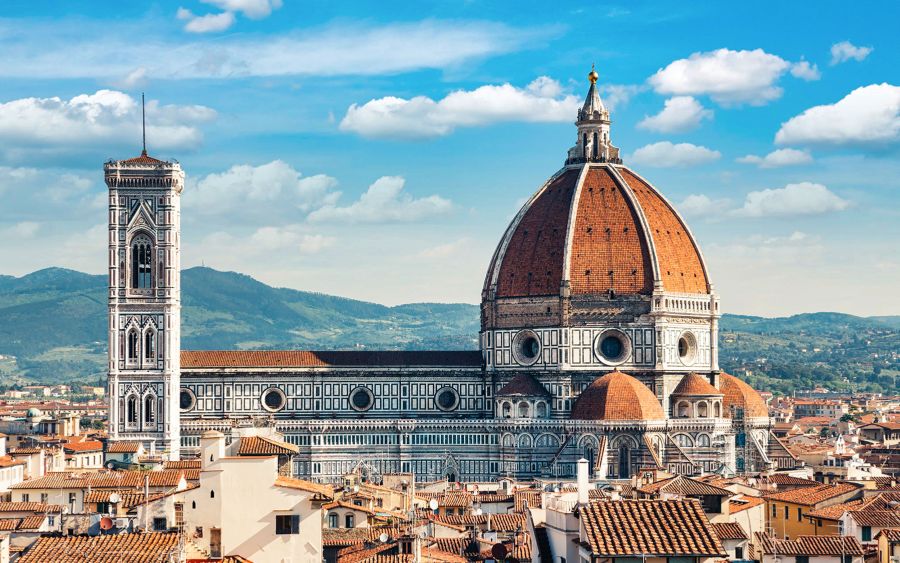
The Duomo stands as Florence’s crown jewel, with Brunelleschi’s massive terracotta dome dominating the skyline. Its pink, white, and green marble facade makes it one of Italy’s most striking cathedrals.
The Palazzo Vecchio rises from Piazza della Signoria like a medieval fortress. Its 94-meter tower serves as both a defensive structure and a symbol of civic power.
The Ponte Vecchio spans the Arno River with its unique design. Medieval shops still line this famous bridge, creating a bustling marketplace above the water. The bridge’s top level houses the hidden Vasari Corridor, once used by the Medici family.
Venice’s Iconic Structures

St. Mark’s Basilica blends Eastern and Western architecture with its Byzantine domes and 8,000 square meters of golden mosaics. The church’s marble-clad exterior reflects Venice’s historic trade connections.
The Doge’s Palace combines Gothic elegance with political might. Its distinctive pink and white diamond pattern facade stands out along St. Mark’s Square, while ornate archways invite visitors inside.
Venice’s 400+ bridges connect its 118 islands. The Bridge of Sighs and Rialto Bridge showcase different architectural styles. The Rialto’s single marble arch has supported foot traffic and shops since 1591.
Culinary Delights
Both Venice and Florence offer distinct food experiences that showcase their regional specialties and centuries-old cooking traditions. The cities’ unique locations and history shape their signature dishes and dining customs.
Traditional Tuscan Cuisine
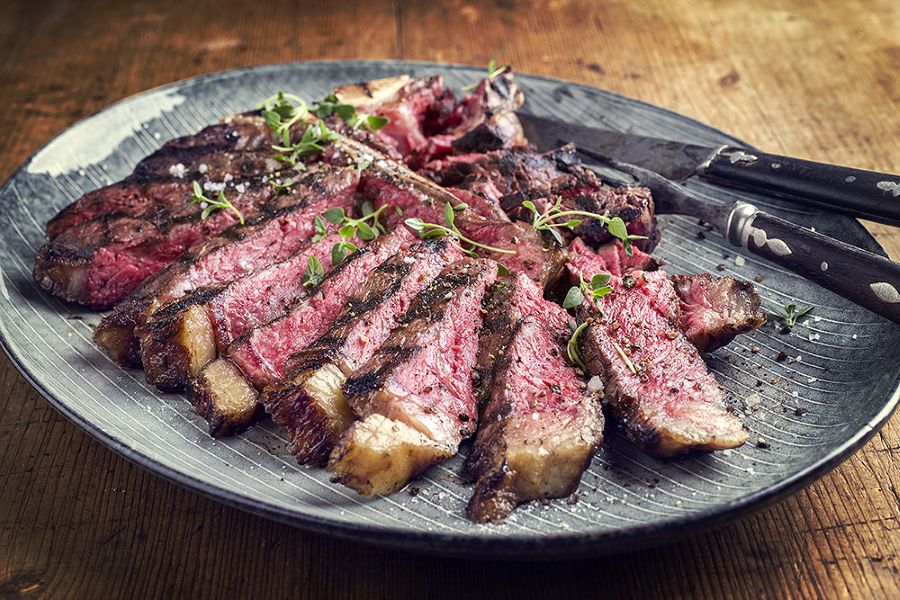
Florence’s food scene celebrates rich, hearty flavors rooted in peasant cooking. The star dish is bistecca alla Fiorentina – a massive T-bone steak grilled rare over oak coals and seasoned simply with olive oil, salt, and pepper.
Rustic soups reign supreme in Florentine cooking. The ribollita, a thick vegetable and bread soup, warms visitors during chilly evenings. Pappa al pomodoro transforms stale bread and tomatoes into a satisfying meal.
Street food culture thrives at places like the San Lorenzo Market. Brave eaters can try lampredotto sandwiches made from tripe, a true Florentine specialty. The crostini topped with chicken liver pâté make perfect wine bar snacks.
Venetian Gastronomy
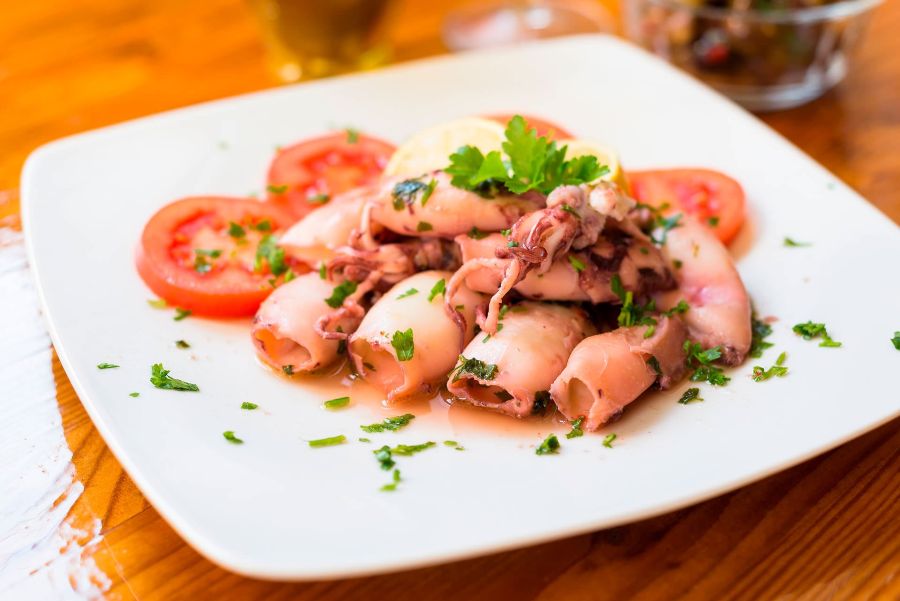
Venice’s cuisine draws heavily from the sea. Fresh catches arrive daily at the Rialto Fish Market, where locals shop for ingredients like soft-shell crabs and tiny moscardini octopus.
Risotto al nero di seppia stands out with its dramatic black color from squid ink. The creamy rice soaks up briny flavors. Baccalà mantecato, a whipped salt cod spread, appears on most restaurant menus.
Small bacari wine bars serve cicchetti – Venetian tapas like marinated sardines and fried meatballs. These tiny bites pair perfectly with local wines and spritz cocktails.
Gelato vs Seafood

Florence excels at gelato, with artisanal shops using fresh ingredients and traditional methods. Favorite flavors include pistachio, dark chocolate, and seasonal fruits. The best spots make everything from scratch daily.
Venice focuses on seafood desserts like baicoli – thin, crispy cookies meant for dipping in sweet wine. The frittelle fried dough balls appear during carnival season.
Many visitors prefer Florence’s gelato scene, while seafood lovers gravitate to Venice’s fresh catches. Each city delivers unique sweet and savory experiences that reflect their distinct culinary heritage.
Unique Experiences and Day Trips
Both cities offer amazing adventures beyond their famous landmarks. Venice’s waterways and nearby islands create unforgettable moments, while Florence serves as a perfect base for exploring Tuscany’s treasures.
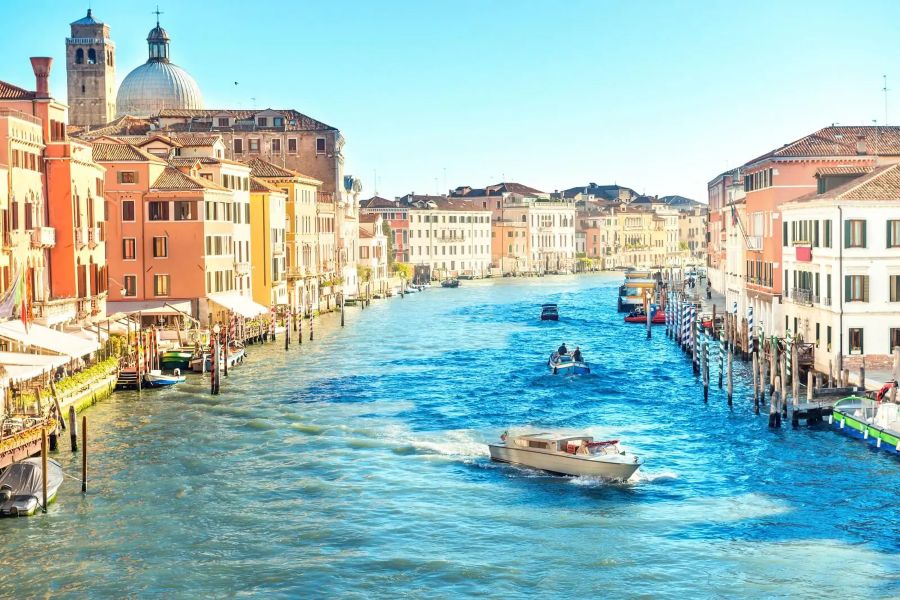
Venice’s maze of canals creates magical moments you won’t find anywhere else. Taking a gondola ride gives you a duck’s-eye view of hidden corners and quiet back canals. The skilled gondoliers know secret routes away from tourist crowds.
The Grand Canal shows off the city’s most stunning palaces and architecture. Water taxis and vaporetto boats offer cheaper ways to explore. Sunset brings the best views when golden light reflects off the water.
A water bus ride to the outer canals reveals local life away from the busy center. You’ll spot residents getting groceries by boat and kids heading to school on water buses.
Exploring the Surrounding Regions
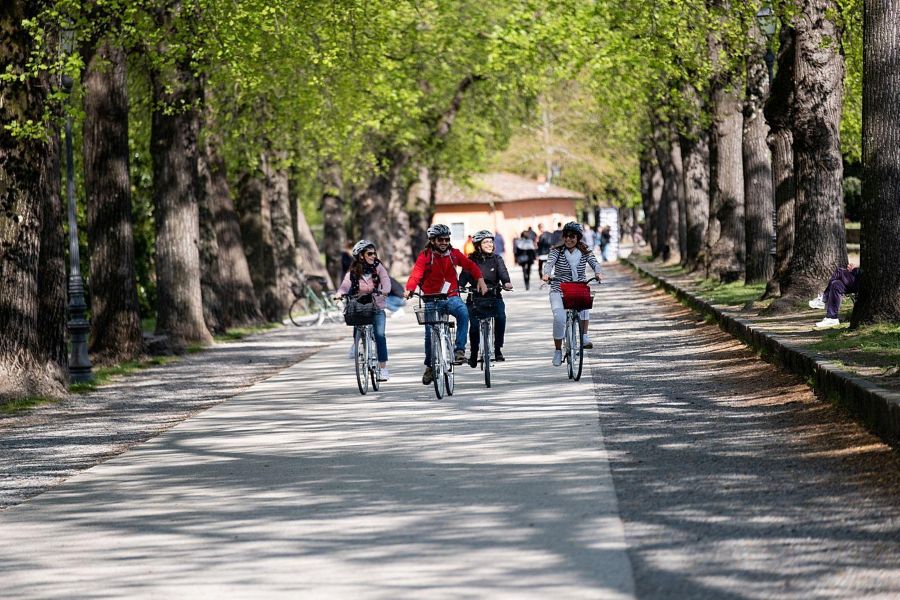
Florence connects easily to Tuscany’s top spots by train or bus. Quick [day trips and guided tours] let you see multiple towns in one visit. Siena’s medieval streets and famous shell-shaped plaza sit just an hour away.
The walled city of Lucca makes a perfect bike-riding destination. Its wide walls double as a 4-kilometer cycling path with great views. Small group [wine tours] through Chianti showcase famous vineyards and include tastings.
You can reach Pisa in just one hour to see its Leaning Tower. The high-speed train network makes combining multiple towns easy.
Venetian Islands and Tuscan Countryside

Murano’s famous glass-blowing workshops show centuries-old techniques. Watch masters create delicate pieces right before your eyes. The rainbow-colored houses of Burano make perfect photo spots.
Lido beach offers a complete change from Venice’s busy streets. Swimming and sunbathing here give your feet a break from cobblestones.
Tuscany’s rolling hills filled with cypress trees and vineyards stretch out from Florence. Small towns like San Gimignano keep medieval towers and traditions alive. Local farms welcome visitors for olive oil tastings and cooking classes.
Lodging and Accommodations
Both cities offer unique places to rest your head, from cozy boutique hotels to luxurious palaces. The key is picking the right neighborhood and price point that matches your travel style.
Where to Stay in Florence
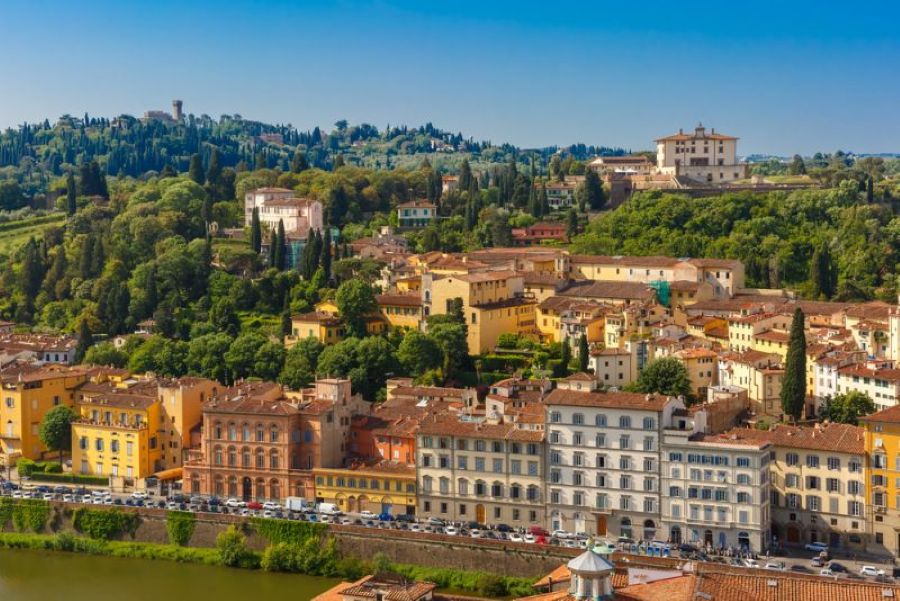
The historic center near the Duomo lets you walk to most attractions. The Oltrarno district across the river gives a more local feel with charming hotels at better prices.
Most 4-star hotels mix modern comforts with historic charm. Many occupy converted Renaissance palaces with frescoed ceilings and original architectural details.
The luxury hotels in Florence cluster around Piazza della Repubblica and along the Arno River. These grand properties often feature rooftop bars with cathedral views.
Budget travelers find good value in family-run hotels near Santa Maria Novella train station. Many include breakfast in their rates and offer clean, basic rooms.
Choosing Your Venice Hotel
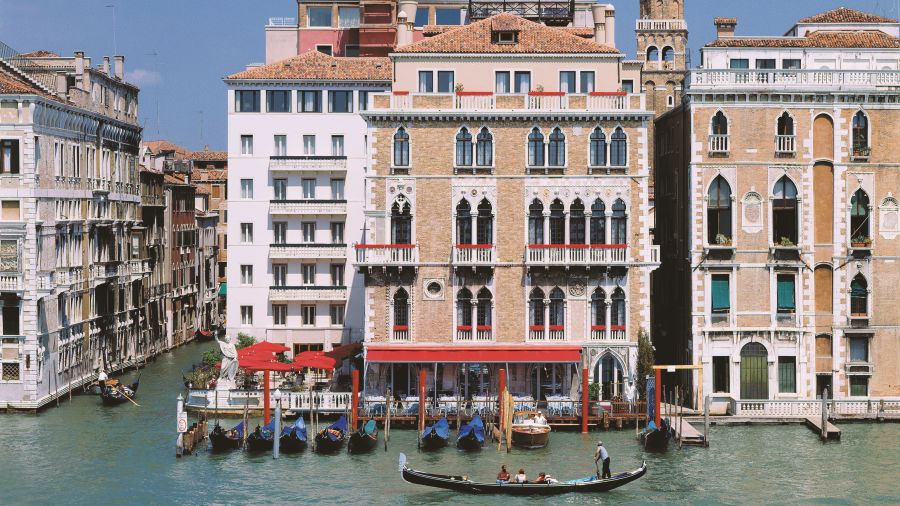
Location makes a big difference in Venice. The San Marco area puts you close to major sights but brings crowds and higher prices. Quieter Dorsoduro and Cannaregio districts offer more authentic stays.
Venice hotels tend to be more expensive than Florence. Even basic rooms can cost 30% more, especially during peak season and carnival.
Many Venice properties occupy historic buildings with unique quirks. Rooms vary greatly in size and views – some face canals while others look at walls.
Finding accommodations on the islands of Murano or Lido provides a peaceful escape. Water taxis make it easy to reach main attractions while enjoying local character.
Consider small B&Bs run by Venetian families. They often provide insider tips and more personal service than large hotels.
Shopping and Leisure
Both cities offer distinct shopping experiences rooted in centuries-old craftsmanship and local traditions. The stores range from high-end boutiques to workshops where artisans practice time-honored techniques.
Florence’s Artisanal Crafts
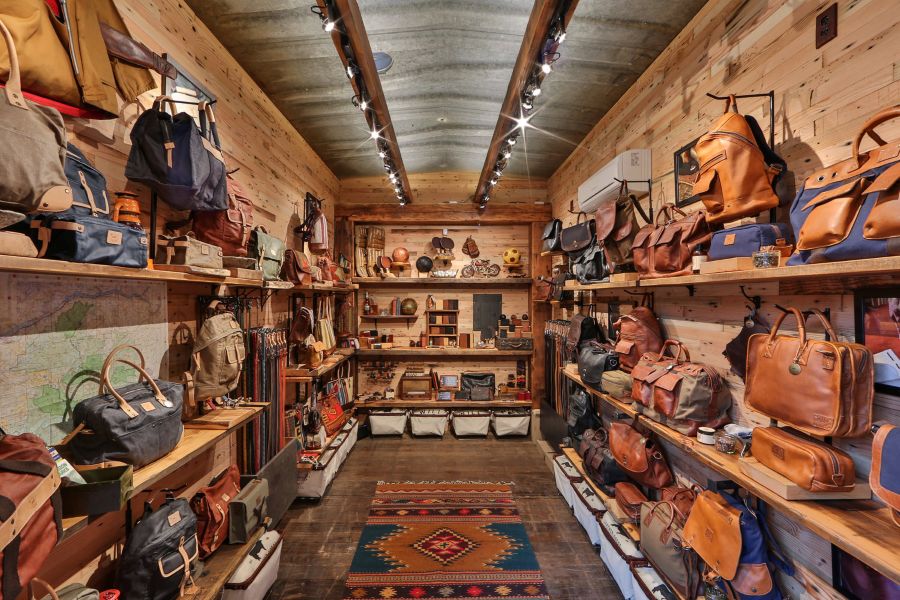
The city’s artisan quarter near Santa Croce brims with leather workshops crafting bags, wallets, and jackets. Many shops let you watch craftspeople at work and offer custom-made pieces.
The San Lorenzo Market sells leather goods at reasonable prices, though quality varies between stalls. For the best deals, step away from tourist areas and into side streets.
Gold jewelry sparkles in the tiny shops along Ponte Vecchio. These family-run businesses showcase traditional Florentine designs featuring intricate metalwork.
Art galleries cluster around Via Maggio, displaying works from emerging Italian artists. The Oltrarno district houses many restoration workshops where you can find unique antiques and artwork.
Venice’s Unique Boutiques
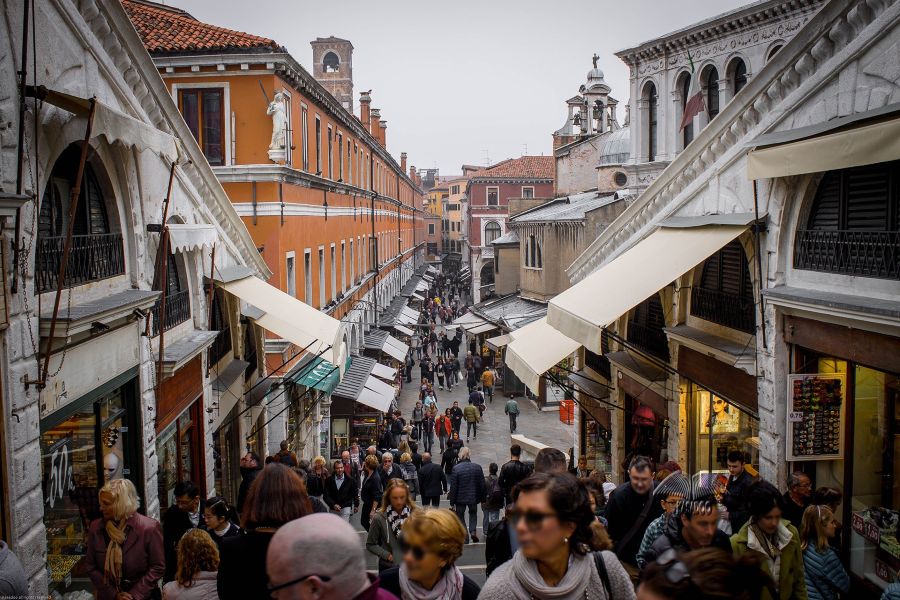
Murano glass shops dot the city, selling everything from tiny figurines to elaborate chandeliers. The best deals are found on Murano island itself, where you can visit factory showrooms.
Venice’s mask shops offer authentic carnival masks made using papier-mâché and traditional techniques. The most skilled artisans work in small studios away from St. Mark’s Square.
The Rialto Bridge area features shops selling fine silk scarves and textiles. Many use patterns inspired by historic Venetian designs.
Local photographers capture Venice’s magical light in striking prints, available in galleries throughout Dorsoduro. These make unique souvenirs that showcase the city’s ethereal beauty.
Seasonal Considerations
Both Venice and Florence face distinct weather patterns that can make or break your Italian adventure. Timing your visit right helps dodge crowds, save money, and catch each city at its most magical.
Best Time to Visit Florence
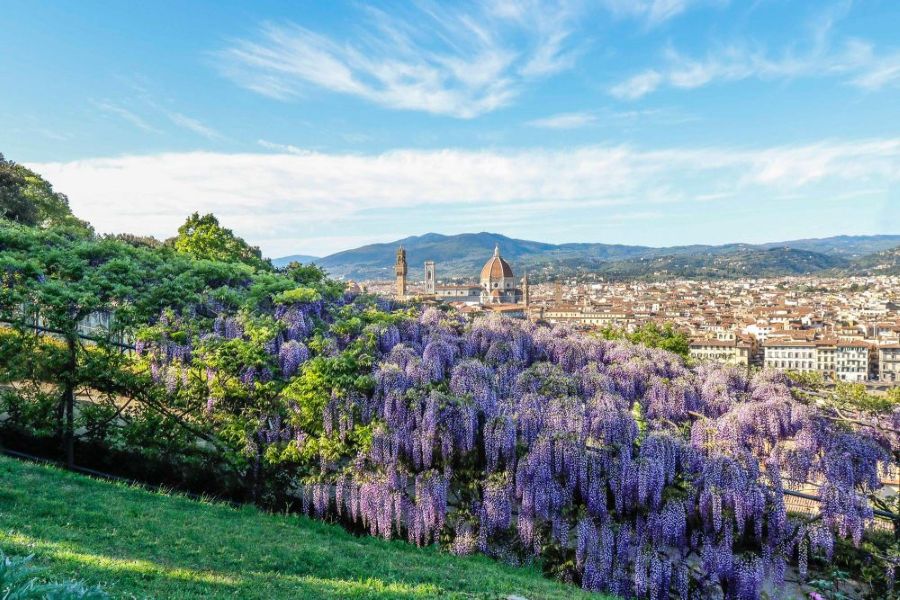
Spring brings perfect weather to Florence, with April and May offering sunny days and mild temperatures around 65-75°F. The city comes alive with blooming gardens and fewer tourists than peak season.
Fall is another sweet spot from September to October. The weather stays pleasant, and you’ll find better hotel rates than summer. Plus, it’s harvest season in Tuscany – perfect for wine tasting day trips.
Skip July and August if possible. The heat gets intense, often hitting 90°F or higher. Streets fill with tourists, and many local spots close as residents escape to cooler areas.
Ideal Travel Windows for Venice

Venice shines brightest in early spring (March-April) and autumn (September-October). These months offer mild temperatures and smaller crowds at major sites like St. Mark’s Square.
Watch out for Acqua Alta (high water) from October through January. The city can flood during this time, though temporary walkways help tourists stay dry. Pack waterproof boots just in case.
Winter brings the famous Carnival in February, filling streets with masked revelers and unique photo ops. The fog adds mystery to the canals, but temps can drop to the 30s°F.
Summer heat and humidity make July-August tough. Tourist numbers peak, gondola prices soar, and the canals can get a bit smelly in the heat.
Activities and Nightlife
Florence and Venice offer distinct after-dark experiences, from lively bars to cultural shows. Each city brings its own unique flavor to evening entertainment.
Entertainment in Florence

Florence buzzes with energy after sunset. The Santo Spirito neighborhood comes alive with wine bars and local hangouts where you’ll find students and young professionals mingling over Tuscan wines.
Dance clubs around Via dei Benci keep the music going until dawn. Popular spots like Space Electronic and Full Up Club attract both locals and tourists with their mix of Italian and international music.
Cultural shows at Teatro della Pergola showcase opera and classical performances in a stunning historic setting. For something different, catch live jazz at La Cite or NOF Club.
Venice After Dark
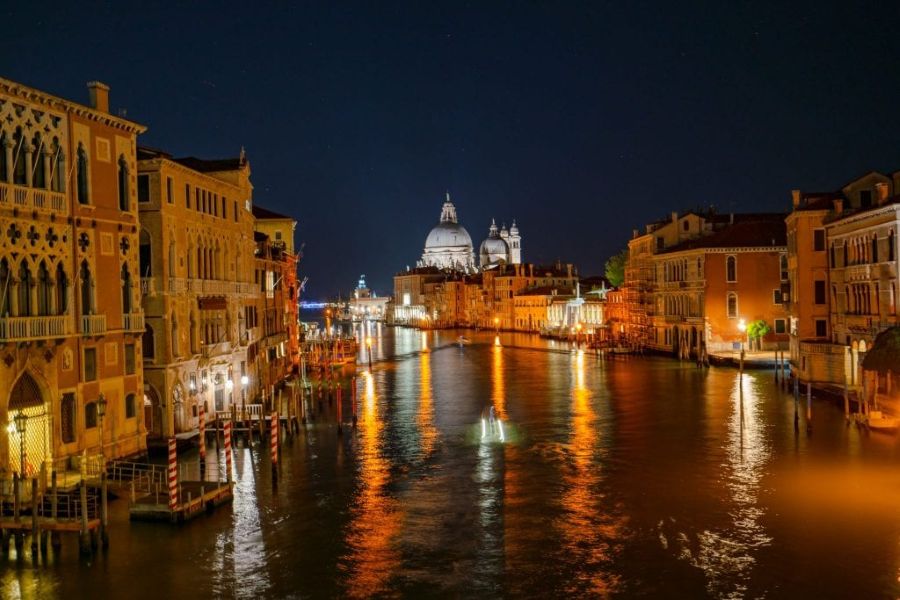
Venice transforms into a quieter, more mysterious place at night. Most tourists leave by early evening, leaving the canals peaceful and romantic.
Traditional bacaro tours let you hop between small wine bars, sampling cicchetti (Venetian tapas) with local wines. Popular stops include Cantina Do Mori and All’Arco near the Rialto Bridge.
Evening gondola rides offer a magical way to see Venice lit up at night. Many gondoliers provide blankets during cooler months. Book in advance during peak season.
Some entertainment happens at hotels and casinos around St. Mark’s Square. For live music, head to Jazz Club Venezia or Venice Jazz Club in Dorsoduro.
Frequently Asked Questions
Florence and Venice each offer distinct travel experiences shaped by their rich histories, artistic legacies, and unique cultural landscapes. These cities present different advantages depending on your travel style and interests.
What unique experiences do Florence and Venice offer to honeymooners?
Venice shines with romantic gondola rides through quiet canals at sunset. Couples can get lost in narrow streets and find secret bridges perfect for photos.
Florence offers intimate wine tastings in historic cellars and candlelit dinners overlooking the Arno River. The Boboli Gardens provide peaceful spots for couples to stroll hand-in-hand.
How do Florence and Venice compare in terms of culinary delights?
Florence stands out for its Tuscan cuisine, featuring bistecca alla fiorentina and fresh pasta. The city’s central market lets visitors sample local cheeses, wines, and olive oils.
Venice specializes in seafood dishes like baccalà mantecato and risotto al nero di seppia. Small bacari serve cicchetti (Venetian tapas) with local wines.
Which city between Florence and Venice is recommended for a winter visit?
Florence stays lively in winter with fewer tourists and cozy museums. The city hosts special winter events and concerts in historic churches.
Venice gets misty and magical in winter. The famous acqua alta (high water) creates unique photo chances, and indoor attractions stay open with shorter lines.
Considering art and culture, should one spend more time in Florence or Venice?
Florence holds more Renaissance masterpieces in its museums and churches. The Uffizi Gallery and Accademia showcase works by Michelangelo and Botticelli.
Venice mixes Gothic, Byzantine, and Renaissance art. The city turns into an open gallery during the Biennale art festival.
Can you highlight the lesser-known attractions of Florence and Venice for seasoned travelers?
Florence’s Bardini Gardens offer quieter views than popular Piazzale Michelangelo. The Brancacci Chapel shows amazing frescoes with few crowds.
Venice’s Jewish Ghetto and Cannaregio district show local life away from tourist spots. The islands of San Giorgio Maggiore and Giudecca reveal hidden churches.
What are the advantages of visiting Florence over Venice during the less touristy season?
Florence’s autumn brings grape and olive harvests, with special food festivals. Streets empty out after summer, making it easier to explore local neighborhoods.
Museums and galleries offer extended hours and special exhibits. Local guides have more time for private tours and cooking classes.

